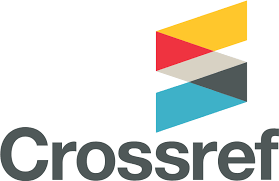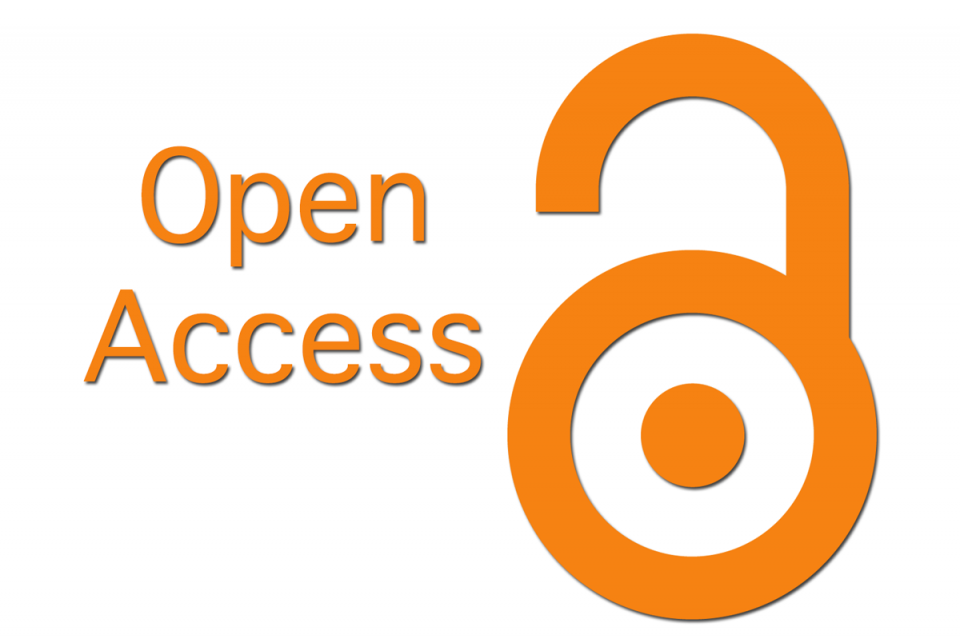Speech Act Theory as an Instrument for Modelling Negative Semantic Components in a Multi-Modal Humorous Text
УДК 81`27, ББК 81.0
Abstract
The article deals with devising a model of meaning for multi-modal humorous texts that contain negative semantic components to construct linguistic indicators of hostility. Development of such model is motivated by a necessity to explore correlation between comic and negative aspects of semantics of a multi-modal text, in particular, the necessity to show the failure of means of creating a comic effect to neutralize negative information. We use the speech acts theory as a main tool of semantic modeling. The choice of the speech act theory (the SAT) is rooted in its research capabilities: a concept of illocution and indirect speech acts allow us to describe the semantic structure of a multi-modal humorous text in terms of illocutionary goals that are accomplished within the text. A significant amount of multi-modal humorous texts (internet-memes and videos) in the Russian and English languages was selected and analyzed to reveal the negative elements of semantics and describe illocutionary aims realized in the texts. Selected multi-modal texts in Russian and English contribute to representativeness of the material, as well as to the universal nature of the proposed model. The article provides the model with description and examples of its application for the purposes of multi-modal text analysis. The model in question can be used as a tool for revealing linguistic indicators of hostility in the structure of a multi-modal text meaning.
Downloads
Metrics
References
Блинова О. А., Манипулятивный потенциал мультимодального медиатекста (на материале американской политической карикатуры) / Russian Linguistic Bulletin. - 2023. - № 1(37).
Гальцов П. И. Противопоставления как средство реализации комического в дискурсе стендап-комедии. дис. … канд. филол. наук. М., 2024.
Кибрик А. А. Мультимодальная лингвистика / Когнитивные исследования: сб. науч. тр. М., 2010. С. 134-152.
Кукушкина О. В., Сафонова Ю. А, Секераж Т. Н. Методика проведения судебной психолого-лингвистической экспертизы материалов по делам, связанным с противодействием экстремизму и терроризму. 2-е перераб., испр. и доп. изд. М., 2014.
Лавицкий А. А. Судебная лингвистическая экспертиза поликодового текста: к проблеме исследования невербальных компонентов / Известия Смоленского государственного университета. - 2019. - № 2(46). - С. 137-151.
Никишин В. Д., Галяшина Е. И., Юридико-лингвистический подход к исследованию поликодовых текстов криминогенной коммуникации в цифровой среде в целях обеспечения информационной (мировоззренческой) безопасности / Актуальные проблемы российского права. - 2020. - №6 (115).
Опарина Е. О. Поликодовые и полимодальные тексты как локус формирования систем представлений о миграции и мигрантах / Вестник Московского государственного областного университета Серия: Лингвистика. - 2023. - №3.
Остин Дж. Л. Слово как действие / Новое в зарубежной лингвистике. Теория речевых актов. М., 1986. С. 22-130.
Сёрль Дж. Р. Косвенные речевые акты / Новое в зарубежной лингвистике. Теория речевых актов. М., 1986. С. 195-222.
Стросон П. Ф. Намерение и конвенция в речевых актах / Новое в зарубежной лингвистике. Теория речевых актов. М., 1986. С. 131-150.
Al-Issawi, J., AlAhmad, W., & Awajan, N. Linguistic and Semiotic Analysis of Memes with English and Arabic Humor Captions / Journal of Intercultural Communication. - 2024. - № 4. - Pp. 115-133.
Raskin V. Semantic mechanisms of humor. Dordrecht, 1985.
Vásquez, C., Aslan, E. “Cats be outside, how about meow”: Multimodal humor and creativity in an internet meme / Journal of Pragmatics. - 2021. - Vol. 171. - Pp. 101-117.
Copyright (c) 2025 Таисия Кашарина

This work is licensed under a Creative Commons Attribution 4.0 International License.
The authors, which are published in this journal, agree to the following conditions:
1. Authors retain the copyright to the work and transfer to the journal the right of the first publication along with the work, at the same time licensing it under the terms of the Creative Commons Attribution License, which allows others to distribute this work with the obligatory indication of the authorship of this work and a link to the original publication in this journal .
2. The authors retain the right to enter into separate, additional contractual agreements for the non-exclusive distribution of the version of the work published by this journal (for example, to place it in the university depository or to publish it in a book), with reference to the original publication in this journal.
3. Authors are allowed to post their work on the Internet (for example, in a university repository or on their personal website) before and during the review process of this journal, as this may lead to a productive discussion, as well as more links to this published work (See The Effect of Open Access).










